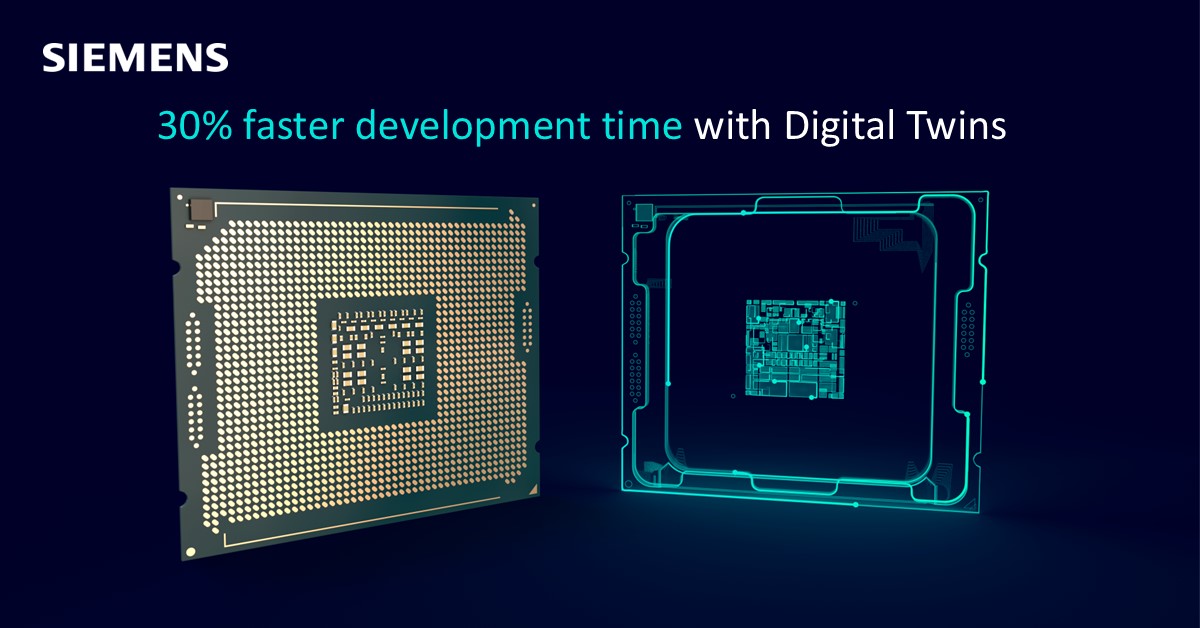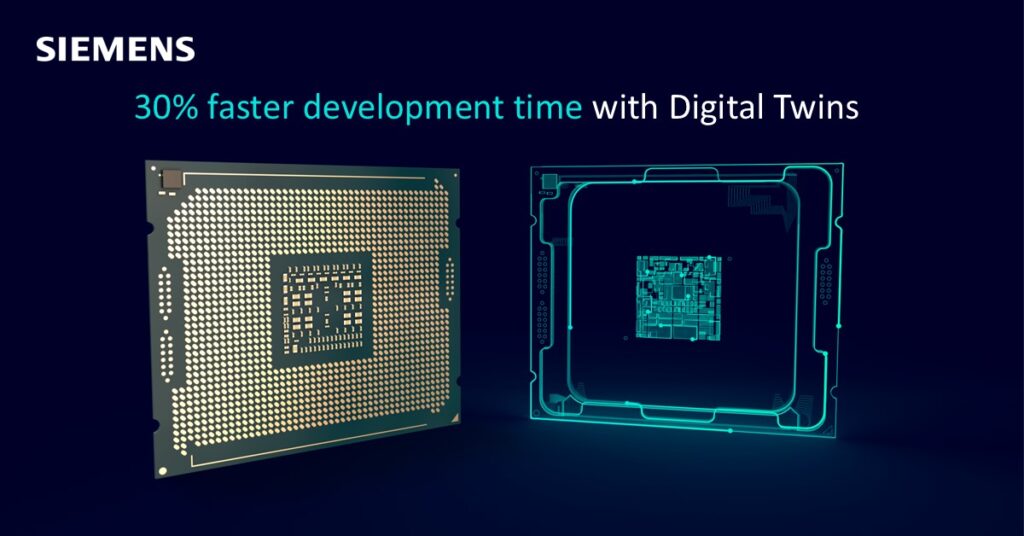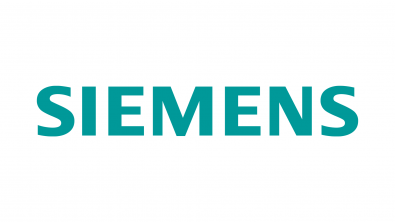Semiconductor and electronics industry trends 2025: Expert analysis and market outlook


As we approach the end of 2024, I find myself reflecting on the remarkable transformation our industry has undergone. From my perspective as Siemens’ VP of Semiconductor and Electronics, the changes we’re seeing aren’t just incremental – they represent a fundamental shift in how we think about semiconductor design and manufacturing. The convergence of AI, advanced packaging solutions, the rise of software-defined products and sustainable practices are creating opportunities I couldn’t have imagined when I first entered this industry.
Table of Contents
2024 Semiconductor market analysis: Growth innovation and recovery
The past year has been defined by breakthrough achievements that have reshaped our industry’s landscape. Despite initial skepticism, Moore’s Law continued to prove its resilience as major chipmakers, including Intel, successfully demonstrated 2nm prototype chips 1. Having worked closely with leading foundries through our Siemens partnerships, I can tell you this achievement wasn’t just about pushing technological boundaries – it represented our industry’s unwavering commitment to innovation despite mounting complexity and development costs.
Perhaps most encouraging was the robust market recovery we witnessed. Following years of supply chain constraints that tested our industry’s resilience, we saw an impressive 20% year-over-year growth 2 . From my conversations with industry leaders, I learned that this recovery wasn’t merely about returning to previous levels; it signaled a fundamental shift in demand patterns driven by the proliferation of AI and ML technologies across the electronics ecosystem.
AI’s integration into consumer electronics has moved far beyond novelty features. We’re now seeing sophisticated AI capabilities becoming standard across everything from home automation systems to advanced automotive platforms, and its use is becoming part of everyday activities. Through our work with major automotive manufacturers, I’ve witnessed firsthand how AI is revolutionizing everything from design verification to production testing. This shift represents a fundamental change in how we approach product development, with AI considerations now central to the design process rather than being treated as add-on features. Coupled with the growing development of the software-defined vehicle, new innovations in how we interact with our cars are just on the horizon.
The rise of chiplet architecture has been particularly fascinating to watch. This modular approach to chip design saw remarkable triple-digit growth in 2024 3, demonstrating that our industry is actively embracing alternatives to traditional monolithic designs. At Siemens, we’ve been at the forefront of enabling this transition through our advanced packaging solutions. I’ve seen how this approach is revolutionizing the way companies think about chip design and manufacturing.
Future of semiconductor industry 2025: Key technologies and market drivers
Looking ahead to 2025, I see several transformative forces that will fundamentally reshape our industry. The emergence of collaborative platforms will break down traditional organizational boundaries, enabling unprecedented levels of cooperation across the semiconductor ecosystem. From my experience leading digital transformation initiatives, I know that this shift isn’t just about sharing resources – it’s about creating new models of innovation that leverage collective expertise and capabilities.
The software-defined silicon-enabled product will become increasingly central to our industry’s evolution. As AI and ML workloads continue to drive requirements, the traditional boundaries between hardware and software will blur 4. Working with our customers, I’ve seen how this convergence forces us to rethink everything from design methodologies to verification processes. Success in this new landscape will require semiconductor companies to think differently about their role, positioning themselves as enablers of software innovation through holistic co-optimization approaches.

Digital twin technology will reach new levels of sophistication, creating virtual representations that span the entire semiconductor value chain5. This advancement will allow us to simulate and optimize everything from initial design concepts to manufacturing processes and final product integration, dramatically reducing development cycles and improving outcomes6. I’ve seen how our digital twin solutions have helped customers reduce their time-to-market by up to 30%.
The role of advanced packaging will become even more crucial as we pursue “More than Moore” scaling strategies7. While traditional transistor scaling yields benefits, the industry’s future lies in combining multiple approaches – including chiplets, heterogeneous integration and 3D stacking to achieve optimal performance and efficiency. Through our partnerships with companies across the semiconductor value chain, I’ve observed how these technologies enable entirely new semiconductor product classes.
Sustainability has emerged as a non-negotiable imperative. With data centers consuming unprecedented energy levels, our industry must lead the way in developing more efficient solutions8. This includes optimizing chip architectures for power efficiency, pioneering new approaches to cooling, and implementing environmentally conscious design practices throughout the product lifecycle. At Siemens, we prioritize this across our entire solution portfolio and allow our customers to develop the most sustainable products across their lifecycle 9.
Electronics industry transformation 2024: Design automation and smart manufacturing
The electronics industry saw its own remarkable evolution in 2024. In support of that, the electronic design automation (EDA) market experienced significant growth, driven by increasing complexity in printed circuit board (PCB) design and the need for advanced verification tools. According to a recent market analysis, the global EDA market is projected to reach $14.9 billion by 202410, with artificial intelligence and machine learning capabilities reshaping how engineers approach complex designs.
Power electronics emerged as a critical focus area in 2024, particularly in electric vehicle applications and renewable energy systems. The power semiconductor device market saw substantial growth, reaching $48 billion in 202411, driven by the increasing electrification of transportation and industrial systems. At Siemens, we’ve witnessed firsthand how our customers leverage advanced power electronics design tools to optimize efficiency and thermal performance in their next-generation products.
The Electronics Manufacturing Services (EMS) sector underwent a significant transformation in 2024, with the global market showing resilience and adaptation to new manufacturing paradigms. Market research indicates the global EMS market reached $580 billion in 2024 12, with smart manufacturing initiatives and automation driving significant productivity improvements. The integration of digital manufacturing solutions has become crucial for maintaining competitiveness in this rapidly evolving landscape.
Electronics market outlook 2025: IoT, power systems and smart manufacturing
The Internet of Things (IoT) continues to drive innovation in electronic system design. According to recent projections, the number of connected IoT devices worldwide will exceed 25 billion by 202513, creating unprecedented demand for sophisticated sensor technologies and power-efficient designs. This explosive growth is pushing the boundaries of traditional electronic design methodologies and manufacturing processes.
Power electronics will be increasingly crucial in 2025, particularly in renewable energy systems and electric vehicle applications. The National Renewable Energy Laboratory research indicates that wide-bandgap semiconductor devices could reduce power conversion losses by up to 50% in these applications 14, highlighting the critical intersection of semiconductor and electronics innovation.
Electronic design complexity continues to increase, with today’s products often incorporating hundreds of components and requiring sophisticated thermal management solutions. The International Electronics Manufacturing Initiative (iNEMI) roadmap suggests that a substantial portion of electronic products will need improved thermal solutions by 2025, reflecting modern electronics’ growing complexity and power density15. This shift is expected to drive innovation in design tools and manufacturing processes to meet these emerging requirements.
Emerging technologies in electronics 2025: AI edge computing and sustainable manufacturing
These semiconductor trends will catalyze significant changes across the electronics industry. AI and ML capabilities will become ubiquitous at the edge, enabling new levels of device intelligence and autonomy16. The continued rollout of 5G infrastructure will create opportunities for truly hyperconnected applications, from smart cities to advanced healthcare systems. I’m particularly excited about how these technologies will enable new use cases we haven’t even imagined yet.
The push for sustainability will extend beyond chip design to encompass the entire electronics manufacturing process, driving innovations from material sourcing to product recyclability. Meanwhile, advances in flexible electronics and wearable technology will open new frontiers in how we interact with electronic devices, creating opportunities for entirely new product categories.
As we move into 2025, it’s clear that the semiconductor and electronics industries are converging into an intelligent, connected ecosystem driven by AI, 5G, software-defined products, sustainable practices and advanced packaging technologies. Success in this new landscape will require embracing cross-domain collaboration and co-optimized system design approaches. At Siemens, we’re committed to enabling this transformation, providing the tools and platforms to help our industry realize this exciting future vision.
- Intel Process Technology Update: Process & Packaging Innovations ↩︎
- SIA Global Semiconductor Sales Data: Global Semiconductor Sales Increase 20.6% Year-to-Year in August ↩︎
- The Chiplet Market Will Hit $411B by 2035, Transforming the Semiconductor Industry ↩︎
- 6 Types of AI Workloads, Challenges & Critical Best Practices ↩︎
- Siemens Digital Twin Solutions ↩︎
- International Roadmap for Devices and Systems ↩︎
- Advanced Packaging Is Reshaping the Chip Industry ↩︎
- IDC Report on AI-Driven Growth in Datacenter Energy Consumption ↩︎
- Edge Intelligence: Edge Computing and ML (2024 Guide) ↩︎
- Global Electronic Design Automation Market Report ↩︎
- Power Electronics Market Size to Hit USD 84.70 Billion by 2034 ↩︎
- Electronics Manufacturing Services Market Size ↩︎
- Redefine Connectivity by Building a Network to Support the Internet of Things – Cisco ↩︎
- Wide-Bandgap Device and Packaging Research | Advanced Manufacturing Research | NREL ↩︎
- iNEMI ↩︎
- Edge Intelligence: Edge Computing and ML (2024 Guide) ↩︎


